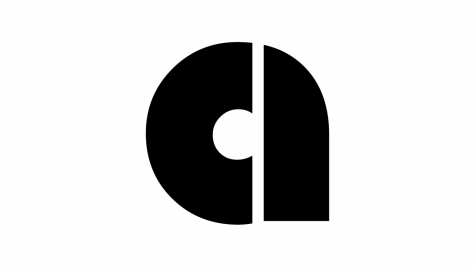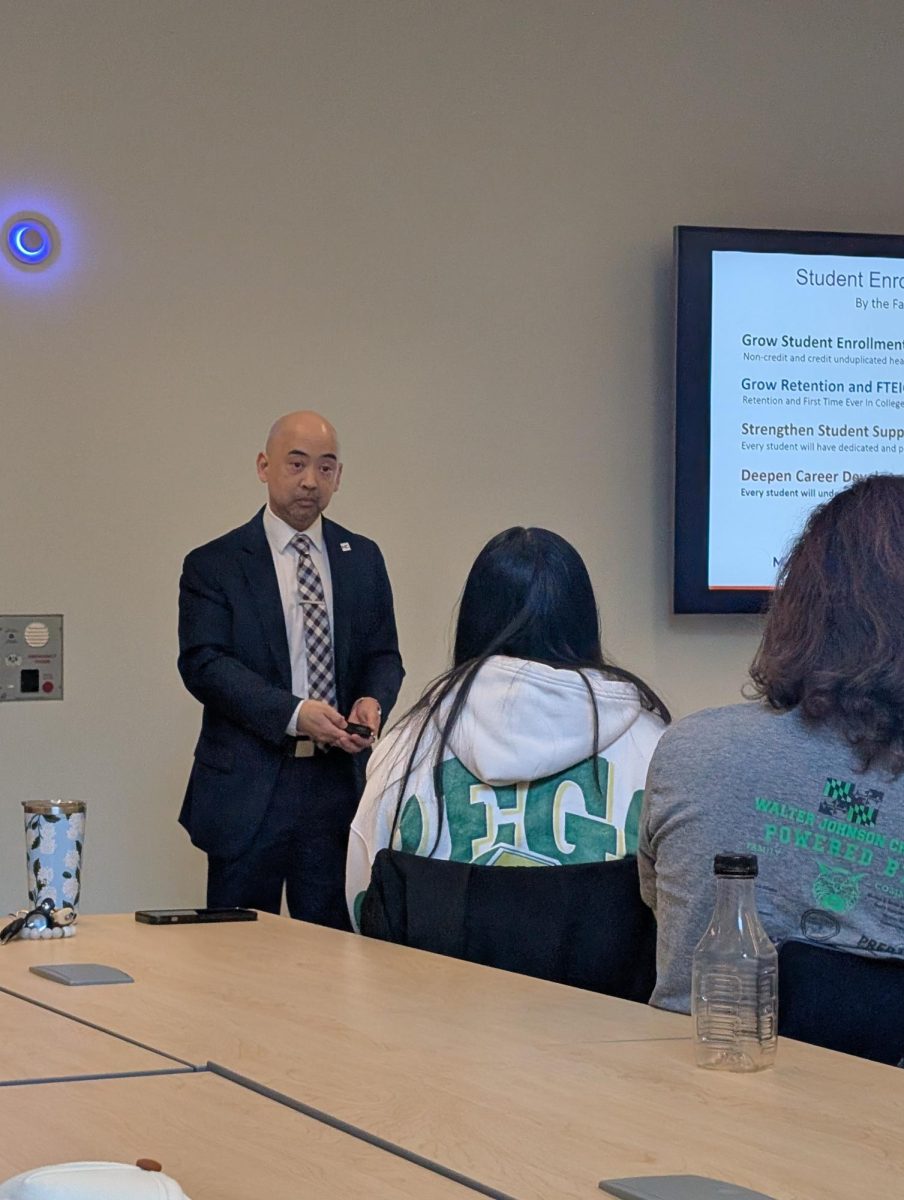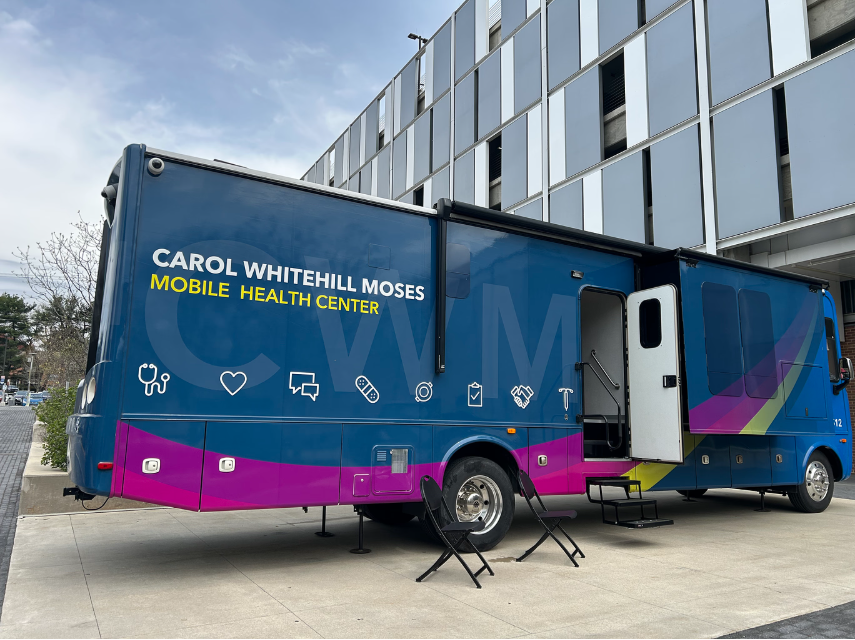I’ll admit it. I got hooked on something not legal in the state of Maryland this past summer. It might sound ridiculous to some, but this illegal substance is milk; and not any ordinary type of milk — raw milk. This creamy, white, thick, better-than-skim, better-than-one-percent, and better-than-two-percent milk, blows every type of bovine natural liquid out of the water.
Standing on the steps of his farm store, not further than one hundred feet from his home, Edwin Shank, the proprietor of the Your Family Cow farm in Chambersburg, Pa., invites me in. This picturesque farm sits on green lush pastures that are home to approximately 300 cows. And not just any cow, these are Jersey cows, one of the best breeds for milk, says Shank. I grab a pint of milk from his fridge and crack it open. I expect what I am about to taste to be a milk, but it was better than that. I have heard it to be described as drinking ice cream, and I have to say that it was not a far-fetched claim.
The beginning
[frame_left src=”https://mcadvocate.com/wp-content/uploads/2012/09/raw-milk-02-150×150.jpg” href=”https://mcadvocate.com/wp-content/uploads/2012/09/raw-milk-02.jpg”][/frame_left]This past June I developed a severe outbreak of eczema, a localized skin rash, on my arms. I am not the kind of guy to pop some pills and be done with it, so I wanted to find an alternative. One quick search for “Eczema Treatment” on Google brought the prospect of raw milk to my attention. My next goal was to find a place around here that sold it. Another Google search later and I discovered this substance was contraband in this state. Luckily, our friendly neighbors up north are a bit more open.
My drive started straight up I-270, through Hagerstown, and then direct to Chambersburg, Pa. With my small car crammed with a large white cooler that I could hopefully fit 6 gallons into, I was ready for this “exchange.” As we cross the state line, I quickly find my pick up spot: a nondescript family farm appropriately named “Your Family Cow.” It got good reviews online, so I felt like this was the place to be.
The first thing I notice when I pull up on to the gravel driveway was how clean and organized the facilities looked. Every machine, hay bale, and cow seemed to be in its right place. The Jersey cows dotting the vast green fields of the farm, kids racing farm ATV’s around, herding the cows from the fields, and most impressive so far was the spotlessness of the milking facility. To be honest, it made my garden look like a sty.
Apparently I had gotten there just in time for the main event. Throughout the milking facility, cows were lining up in an orderly fashion to be milked. It was like they had done this before. Men in smocks wielded their “udder cleaning solution” and flipped the switch for their pumps. In no time, I see the milk flowing through the complex network of hoses feeding into the large stainless steel drums next door in the storage facility. The cows were then released from their holds and led through the building and back into the fields to repeat the symbiotic relationship between cow and farmer
The Milk
[frame_right src=”https://mcadvocate.com/wp-content/uploads/2012/09/raw-milk-03-150×150.jpg” href=”https://mcadvocate.com/wp-content/uploads/2012/09/raw-milk-03.jpg”][/frame_right]Shank explains to me that the stuff we buy at grocery stores has been pasteurized, meaning that the milk from the cow has been heated rapidly and then cooled. This kills any type of pathogen found in the milk. So, did I just drink a pathogen-filled pint of non-pasteurized milk? Shank reassures me that he is confident that this is not true. The milk that I have just consumed has been coliform tested the day before.
“[Regulators] make us meet coliform standards that are the same as the drinking fountain at your public school,” Shank said. According to the FDA, drinking water from a fountain must contain no more than 10 coliform count per milliliter which is the standard legal limit for any type of drink. Shank’s raw milk has a lab tested coliform count of 0 to 2 per milliliter. “So our milk is meeting all the standards of pasteurized milk, except we did not do the pasteurization.”
The reason Shank says that pasteurized milk has grown in popularity is because a farmer can take a cow that has been in a dirty field, milk it, heat it up, and then transport it with certainty, uncontaminated milk. On the contrary, a raw milk farmer such as himself must be extra diligent in how he treats his cows and the environment that they are placed in, in order to not contaminate the product. He says the key to getting his milk down to the required coliform levels, “[you must] keep everything absolutely clean, clean, clean. The pastures must be clean, which is why we rotate the cows on the fields. We must keep the milking facility clean and keep the cows themselves clean.”
There are some other difference that may not be so obvious when you look at your milk in the morning. Consider the things you can not see immediately. Pasteurization not only kills bacteria, but also destroys essential vitamins and minerals such as vitamin C and calcium (RealMilk.com).
Now, I realize that there are some benefits to pasteurized milk versus raw milk: less chance of food poisoning and ease of transportation; but one must realize that life is about making choices and basing those decisions on certain, almost mundane factors. However, the lack of choice when it comes to processed milk is staggering. Personally, I do not see the harm in drinking this milk, which I have been doing for the past 6 months as long as the farmer has met criteria that deems it safe for public consumption. And yes, you are going to have the oddball sickness from an animal product, but we assume those same risks when we order our steak medium-rare. And I should not have to drive two hours to another state in order to fulfill that wish.
So wake up Maryland! We should be able to have real milk in our cereal like 39 other states in this free country.
Photos courtesy of Your Family Cow farm.








Ousmane Mariko • Sep 26, 2012 at 11:03 am
I think I may have to try raw milk.
Charlie • Sep 25, 2012 at 4:49 pm
Very Interesting, I definitely learned some things from this article! Still don’t know that I am going to go out to pennsylvania to buy raw milk, but this does challenge some basic assumptions we have about our food and what we are led to believe by corporate factory farming.
I wonder though has the milk done anything to help with eczema? What other benefits does raw milk purportedly have over pasturized?
Andrew Graham-Yooll • Sep 25, 2012 at 4:48 pm
Thank you Sam for your kind words on what is my first ever piece!
We live in a “free market society” and I believe that the market will eventually show itself to have a growing desire for Raw Milk. It takes time and people like you to write to those people that influence what we can buy at the grocery store.
Thank you,
Andrew
Sam ONeill • Sep 25, 2012 at 10:40 am
Great piece!
Wow, pasteurization is a basically a process that allows agribusiness to operate otherwise unsustainable and inhumane practices. I think I have heard somewhere that the FDA has been ‘captured’ by the businesses it is supposed to be policing….and your piece points to that reality. I had no idea raw milk was illegal in MD; I will be writing to my state reps.
Thanks!
SO